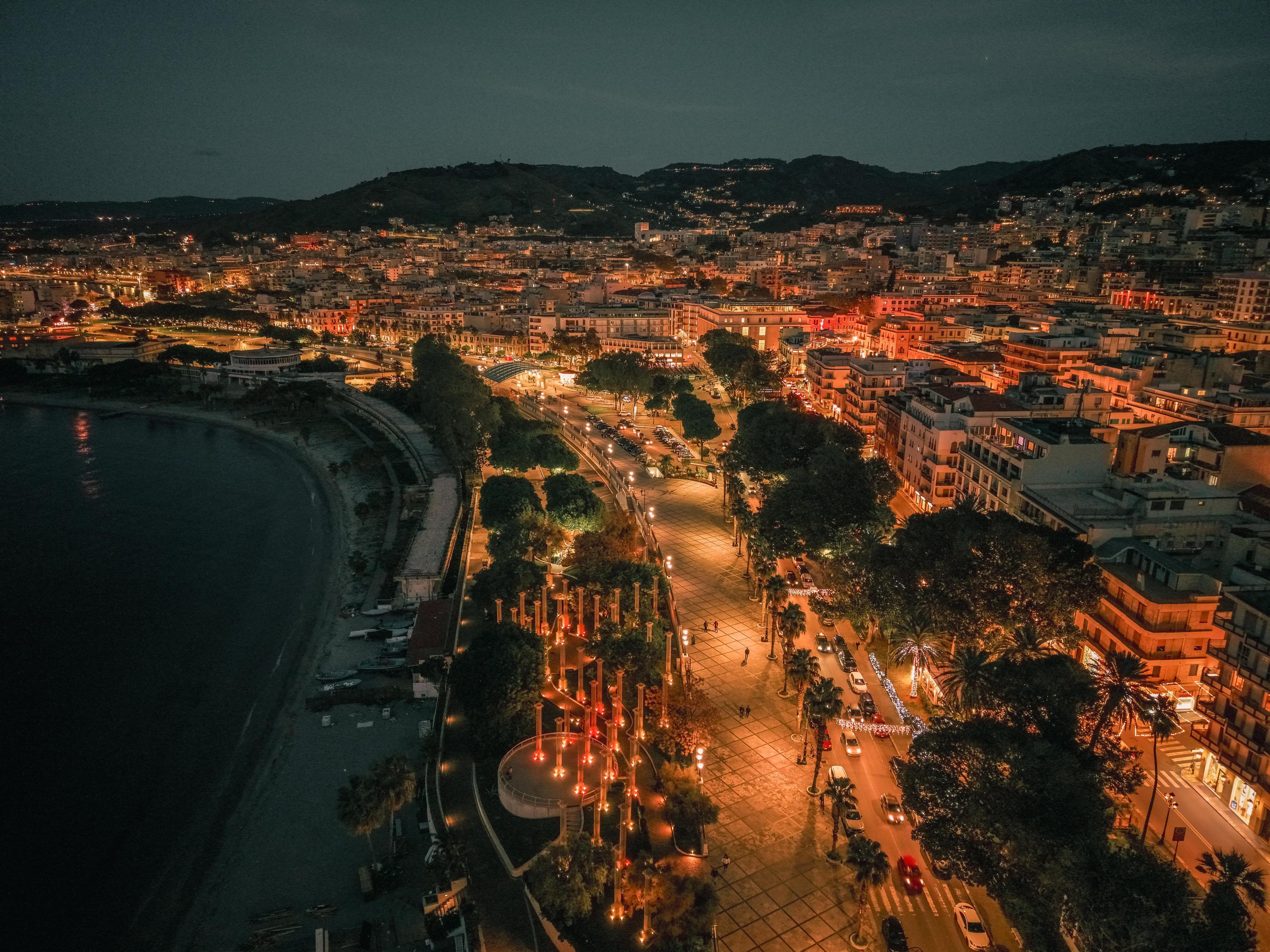Aragonese Castle

Castle
Castello Aragonese, Reggio Calabria - Regione Calabria
The Aragonese Castle of Reggio Calabria stands in the square of the same name and is one of the city's main architectural symbols. Although known as “Aragonese”, the building has much older origins: it was already a key point for the protection of the territory as a defensive wall of the palaiapolis (the archaic city founded in the 8th century BC by the Chalcidians). The hill retained its role as a military fortress even during the Hellenistic period, with the expansion of the city towards the sea. In Roman times, the walls were abandoned, only to be rebuilt under Emperor Justinian I to defend Reggio Calabria's role in the connections between Italy and Constantinople. The documented existence of a real castle in Reggio Calabria dates back to the year 536. In 1059, the fortress passed from the Byzantines to the Normans and, in 1266, to Charles I of Anjou.
During the Spanish period, the structure was adapted to the evolution of siege engines and gunpowder artillery: in 1450, two large crenellated towers, a ravelin and a moat (fed by the Orangi stream) were added to the Aragonese Castle of Reggio Calabria; in 1539, Pietro da Toledo increased its internal capacity so that it could accommodate a thousand people against Turkish invasions. The structure remained virtually unchanged until the Risorgimento, when it was decided to convert it into a barracks and political prison. Conquered by Garibaldi, the Aragonese Castle of Reggio Calabria was deliberately mutilated in its oldest part and today preserves the two circular Aragonese crenellated towers and some restored internal rooms.
Today, the Aragonese Castle of Reggio Calabria is open to visitors every day with a ticket and hosts events and temporary exhibitions throughout the year.



